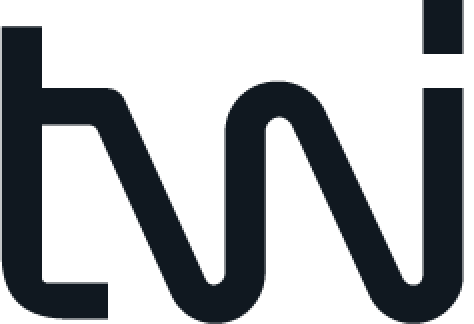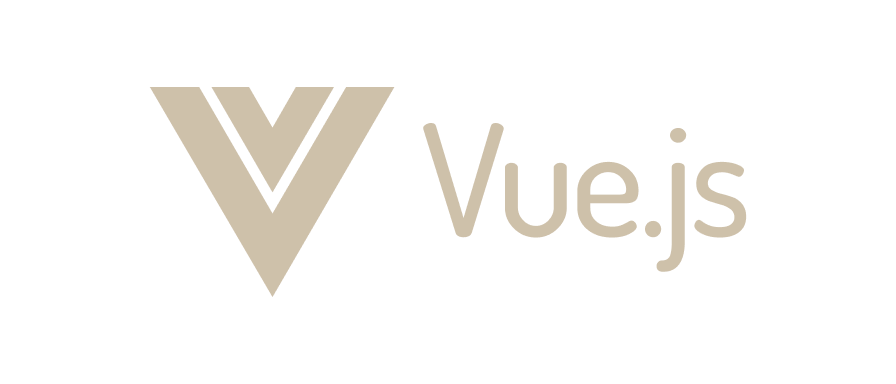
PeerLearning
Revolutionary peer learning technology
We helped University of Oregon researchers create a digital delivery system for beneficial interactive learning that was awarded two federal grants

BEFORE
Education innovation research team with a proven method for improving learning outcomes through peer-to-peer instruction
Classroom studies revealed that effort and complexity were barriers to teachers implementing learning model with regularity
Needed an automated system for directing students through lesson structure (and grant funding to support its development)

AFTER
A flexible platform able to direct students through four types of peer-to-peer lesson structures, with minimal teacher assistance
A lesson library hosting universal, premium, and custom content aligned with widely used curricula and grade-specific SEL goals
Research team was awarded two successful SBIRs, fully funding MVP launch, feature scaling, and efficacy studies
Process
Designing a peer-to-peer autopilot
Challenge
Delivering proven SEL support at-scale



Solution
Automation with oversight
Solution
Supporting social skills

Solution
Enabling virtual collaboration

Solution
Building a learning library
Solution
Google Classroom integration


Praise from our clients
Mark Van Ryzin, PhD
Principal Researcher at the Center on Human Development, University of Oregon, Developer of PeerLearning
Middle School Social Studies Teacher
Participant in the PeerLearning pilot study
Featured technologies

Vue.js
- Built responsive, modular UI components
- Improved performance with virtual DOM
- Integrated Vue Router for clear navigation

TypeScript with Google Cloud Functions
- Built scalable serverless APIs
- Improved reliability with strong typing
- Optimized performance for event-driven tasks

Firebase & Firestore
- Enabled real-time data syncing
- Secured login with Firebase Authentication
- Managed data access with Firestore rules

Twilio
- Realtime Audio Rooms
- Optimized participant management
- Integrated Twilio SDK for reliability

Google Classroom Integration
- Linked via OAuth for secure access
- Automated course data updates
- Simplified educator workflows

Contentful - CMS
- Integrated API for dynamic content
- Simplified updates for non-technical users
- Improved performance with caching

up next
Simplifying learning experiences to support growth
We helped LingroLearning initiate a major UI/UX overhaul of its language instruction platform to unlock growth opportunities in a competitive ed tech space